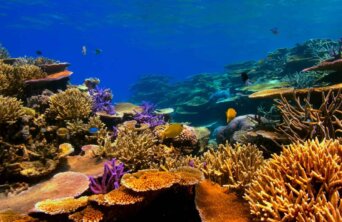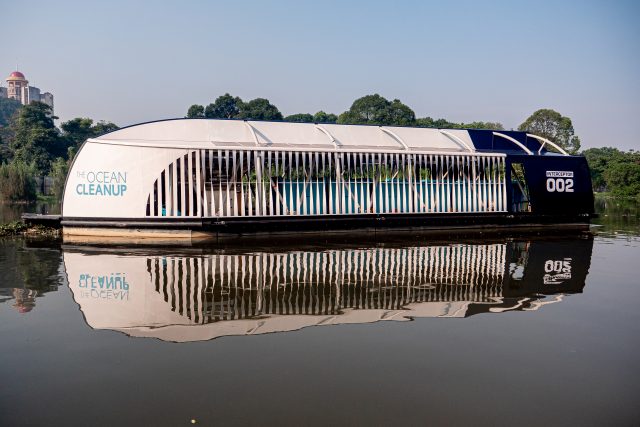- About
- Topics
- Picks
- Audio
- Story
- In-Depth
- Opinion
- News
- Donate
- Signup for our newsletterOur Editors' Best Picks.Send
Read, Debate: Engage.
| topic: | Conservation |
|---|---|
| editor: | Bob Koigi |
African marine and coastal areas hold a variety of crucial blue ecosystems, from carbon-rich mangrove forests, pristine coral reefs and seagrass beds that are home to a diversity of aquatic creatures such as turtles, sea birds, sharks, fish and marine mammals.
The Western Indian Ocean (WIO), a coastal belt spanning ten countries, is touted as one of the most biologically diverse areas on Earth, and is home to 38 percent of the world’s coral reef species.
Fishing in the region contributes 4.8 percent of the world’s fish catch, representing approximately 4.5 million tonnes of fish every year. Cumulatively marine assets in the Western Indian Ocean are valued at $333 billion providing about $21 billion in revenue each year to various sectors of the African economy, from coastal tourism to fisheries.
But the region has had to grapple with a fair share of challenges, from the effects of climate change that have taken a toll on biodiversity to damaging human activities, among them mangrove deforestation, heavy sand mining, unregulated and illegal fishing and over-exploitation of marine resources. This has led to unprecedented loss of aquatic life which in turn contributes to a loss of jobs, and crippling of the blue economy.
In fact, reports show that only a paltry 7 percent of the area’s marine environment is under any form of protection. If the trend continues unchecked, coral reefs are at a risk of total collapse within the next 50 years.
Fortunately, there are ambitious projects that are attempting to reverse the current trajectory, including the Great Blue Wall. Modelled after the Great Green Wall initiative that is reforesting 8,000 kilometres across Africa to halt desertification and green the continent, the Great Blue Wall is seeking to bolster the regeneration of the West Indian Ocean region while creating economic opportunities to the more than 70 million people who rely on the ecosystem.
Specifically, the initiative, being chaperoned by the Western Indian Ocean countries with support from international partners, hopes to protect 2 million square km of marine zones, sequester 100 million tonnes of carbon dioxide, restore 2 million hectares of coastal ecosystems and create approximately 1 million blue jobs by 2030.
As the initiative looks at innovative interventions to accelerate ocean conservation while building resilience of the coastal communities, its success relies on the support and commitment of players across the board.
Governments will have to instate mechanisms that reinforce conservation and the protection of the endangered marine ecosystem while empowering institutions towards that vision.
The global community, composed of governments, private entities, and development partners, must follow through on their commitment to expedite the realisation of ambitious goals by providing financial and advisory aid. This support is crucial for the preservation of coastal flora, fauna, and communities.
Image by Oleksandr Sushko

